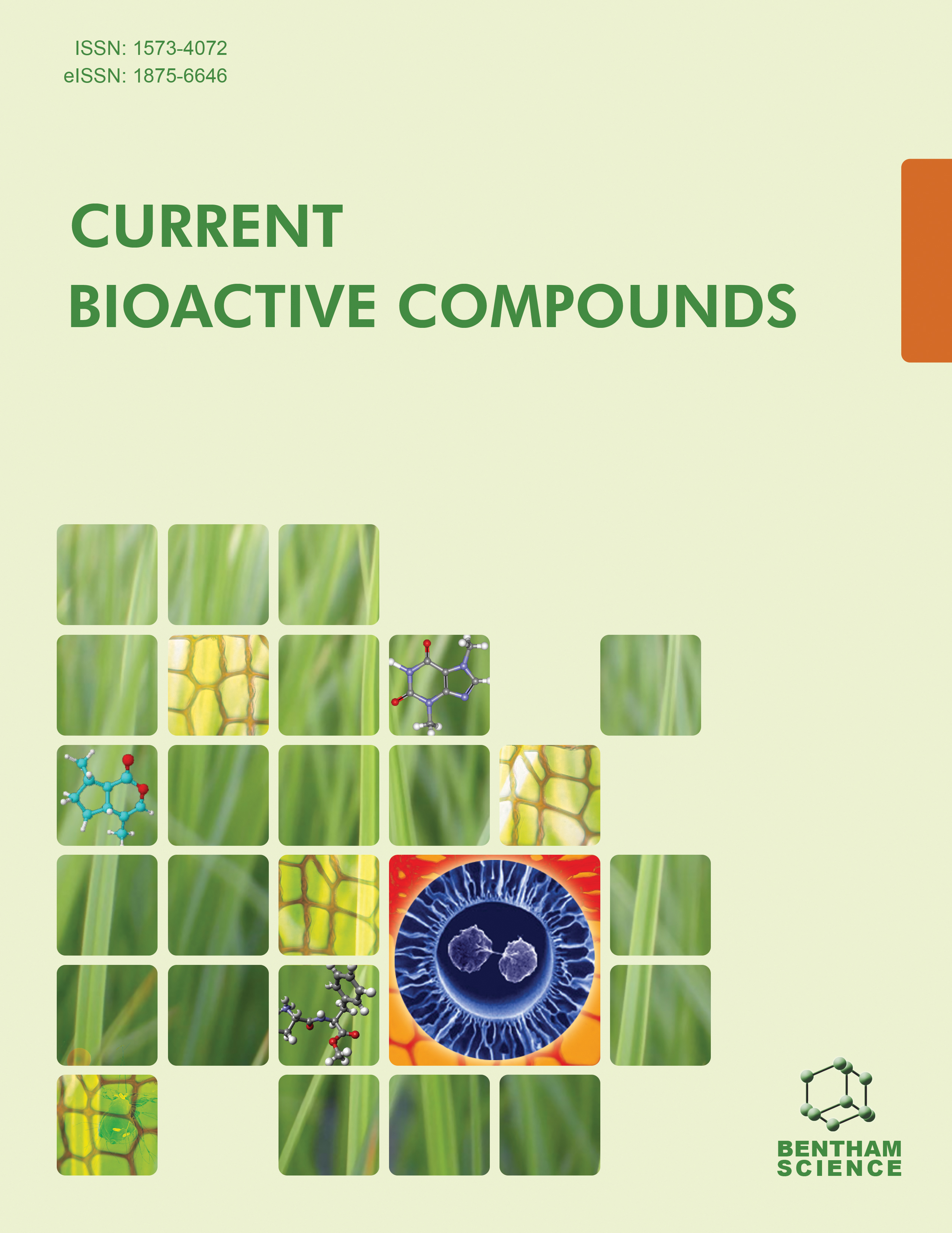
Full text loading...
Heterocyclic compounds are fundamental in natural products and pharmaceuticals. The triazole nucleus, in particular, is a versatile structure present in numerous bioactive molecules. 7-chloroquinoline is historically significant for its antimalarial properties and exhibits a broad spectrum of biological activities, including antiviral, anticancer, antibacterial, and anti-inflammatory effects. This review aimed to compile and discuss 69 biologically active 1,2,3-triazole hybrids derived from 7-chloroquinoline, highlighting their enhanced bioactivity when combined with 4,7-dichloroquinoline. A comprehensive review of the literature was conducted to identify and analyze the synthesis and biological activities of triazole hybrids originating from 4,7-dichloroquinoline and 7-chloroquinoline. It was found that the 4,7-dichloroquinoline scaffold, when coupled with triazole derivatives, exhibited enhanced bioactivity, including antimicrobial, antimalarial, and anticancer effects. This synergy between the two structures underscores their potential therapeutic applications. The insights provided in this review will serve as a valuable resource for medicinal chemists exploring triazoles derived from 4,7-dichloroquinoline and 7-chloroquinoline. The enhanced bioactivity of these hybrids highlights their significance in the development of new therapeutic agents.

Article metrics loading...

Full text loading...
References


Data & Media loading...

